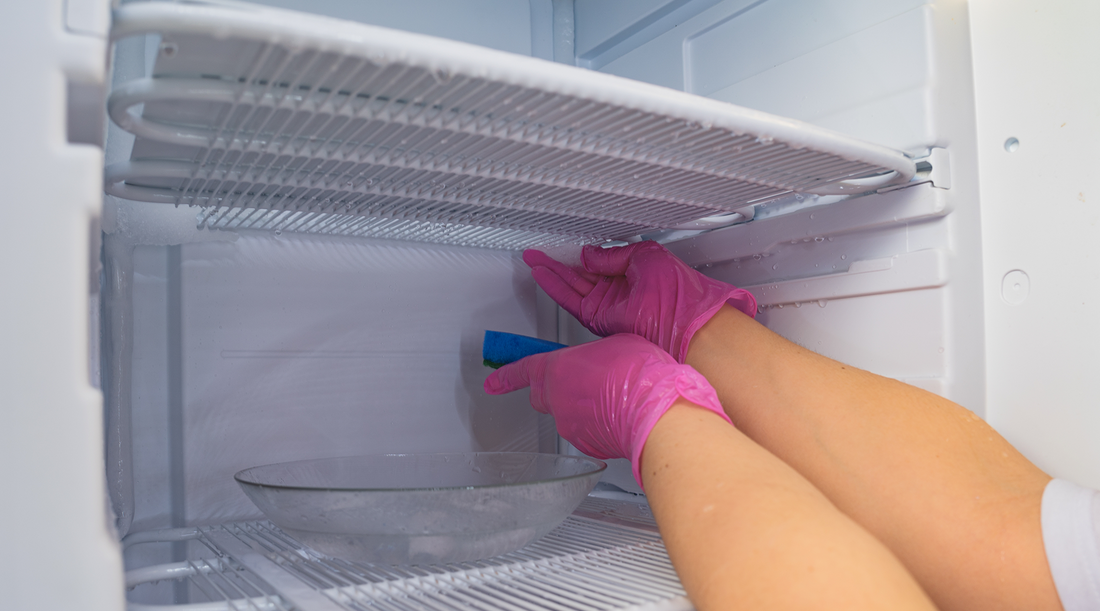Working in a laboratory environment demands an incredible amount of attention to detail. Mistakes, such as failing to defrost your medical refrigerator routinely, can cost a lot of time and money to correct, and deprive patients of much needed medicine and vaccines. Being aware of and thoroughly understanding the equipment around you is crucial to the success of the lab; here are a few things you should know about laboratory refrigerators, and why even they need to be defrosted every one to two weeks.
Understanding the Medicine…
Medical refrigerators and medical freezers were created to house and safely contain temperature sensitive materials, such as vaccines and certain medicines. It is estimated that vaccinations have prevented around 21 million hospitalizations among those born in the last 20 years, so their proper care and maintenance is vital. Refrigerated vaccines must be held at 40 degrees Fahrenheit, while frozen vaccines cannot reach a temperature higher than 5 degrees Fahrenheit. Any change outside their limited temperature windows can result in the breakdown of the viruses within, creating an ineffective vaccine. As such, temperatures much be tightly maintained and controlled.
To Understand the Machine
Unfortunately, you can’t just set the temperature on the day you receive your lab freezer or lab refrigerator and leave it at that; due to the low temperatures, ice and frost tend to build up on the inner walls, which can compromise the vaccines nearby. Your refrigerator should be defrosted, either manually or automatically, every one to two weeks to avoid this risk.
With manual defrosting, you simply pull the plug on the unit and wait for the ice to melt — but make sure that you have somewhere to store your temperature-sensitive vaccines and medicines while the machine slowly warms up. This technique causes water to pool at the bottom of the unit, so be prepared with a towel at the ready to ensure no accidents ensue. Manual defrost units allow lab personnel full control over the process, which can be useful for experiments.
Auto-defrost refrigeration units come with a fan built inside that constantly circulates cooling air so frost never has the chance to form. This provides a more uniform temperature distribution and is more convenient because you don’t need to remove the contents during the cycle.
Your lab’s specific needs will determine which option you settle on.
